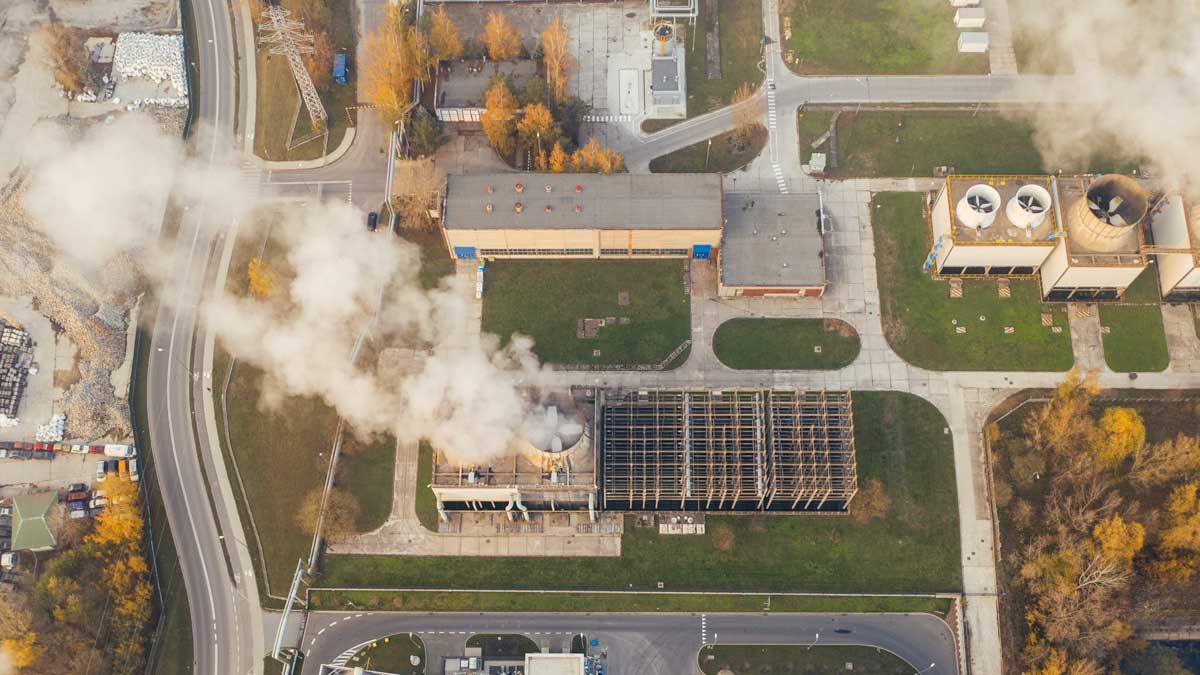Global energy management company Schneider Electric is partnering with Australian carbon accounting software startup, Avarni, to create software that allows businesses to track their full carbon footprint.
The partnership is taking aim at Scope 3 emissions – the pollution created in the wider economy as a consequence of a business’s activities but not created directly by it – as shareholder pressure demands businesses take all of their emissions more seriously.
The Carbon Disclosure Project estimates Scope 3 emissions to be 11 times greater than a company’s direct emissions, generally.
But for the likes of miners, industry analyst Wood Mackenzie suggest the Scope 3 emissions of the biggest – Rio Tinto, BHP, Anglo American, Glencore and Vale – is between 10 per cent and 47 per cent (that’s Vale) larger than their Scope 1 and Scope 2 emissions combined.
Taking Rio Tinto alone, its Scope 3 emissions in 2021 were 553.5 MtCO2e, representing 95 per cent of its total emissions footprint, says data from the Australasian Centre for Corporate Responsibility.

While offshore oil and gas projects already report Scope 3 emissions to meet the approval requirements of National Offshore Petroleum Safety and Environmental Management Authority (NOPSEMA), the agency which regulates them, Australia’s legal framework is not keeping up with social demands for these emissions to be monitored.
Australia is one of the world’s largest exporters of downstream emissions but the Safeguard Mechanism, the legal device that forces the top polluters in the country to reduce their emissions, only addresses Scope 1 emissions.
Scope 3 emissions are not reportable under the National Greenhouse and Energy Reporting Act (2018), but can be included in the National Greenhouse Accounts as a data-tracking exercise.
Tracking Scope 3 emissions with AI
Larger companies may have the capacity to map emissions across their vast supply chains, but small companies may not be as able to extract the data they need to fully track Scope 3 emissions.
Avarni’s digital AI capabilities and emissions insights, delivered via Schneider Electric’s EcoStruxure Resource Advisor software and value chain decarbonisation consulting services, is expected to improve the quality and accessibility of Scope 3 and value chain data.
“Most of the decarbonisation process to date has been focused on Scope 1 and Scope 2 operational reductions, but addressing Scope 3 emissions has increased in priority for organisations here in Australia and across the globe,” says Avarni CEO Tony Yammine.
He says companies are trying to understand the impact of Scope 3 emissions on their ability to reach net zero and address the issue within their company.
“A tangible solution is required.”
But decarbonising a global value chain is not simple, especially when it requires the users of products to participate. It’s a task that, although demanded by shareholders, creates new challenges and expectations for both company and customer, says Steve Wilhite, president for Schneider Electric’s sustainability business.










